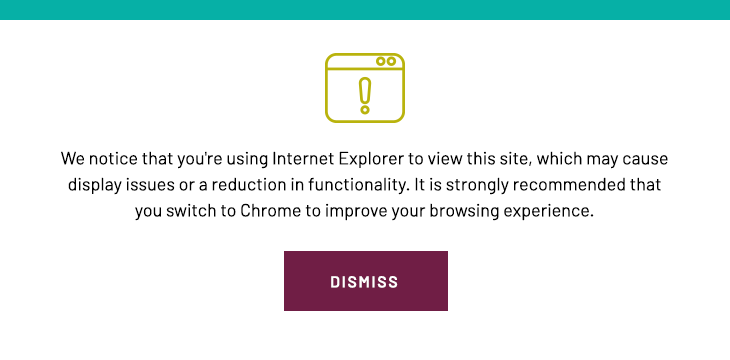



My old neighborhood was a great place to be a kid. I remember playing all types of backyard games and sports in my childhood. When we were not emulating a Major League player hitting a home run or a star running back scoring a touchdown, we would often play outdoor games like “hot potato.” We passed around a small ball or rock among the group until someone dropped it or held on to it for too long.
Construction risk can seem like a “hot potato” game- if a problem or responsibility is so controversial that no one on the Owner Architect Contractor (OAC) project team wants to own it (i.e. hold it), the project team keeps trying to move the risk to someone else by passing it off. Unfortunately, no one wins in this scenario when OAC project players continually try to shift risk to someone else.
A major area of concern when considering new construction in Public Private Partnership (P3) delivery is that some public owners are not familiar with the approach used in Design-Build (D-B) delivery. P3 projects typically utilize this delivery, as the private entity assumes both design and construction responsibilities. If public owners are not comfortable with the project team roles, inherent risks, and how to best operate in a D-B delivery scenario, then using P3 as an alternate delivery method becomes even harder to implement. We, as trusted advisors, need to seek out ways to assist public owners in effectively moving from the traditional “walk stage” (Design-Bid-Build = D-B-B) delivery to the “sprint stage” by using P3 and D-B delivery alternatives.
Although the items above are not a complete list, these five areas can be addressed in order to substantially reduce risk to public owners by addressing and defining them (i.e. risk mitigation) in the contract documents and within the Project Management Plan.
Reducing risk involves defining the unknown and seeking out solutions that mitigate the negative impact on successfully completing a P3 project. Cost, time, quality, and safety are essential areas to control for successful project completion. Implementing processes, technology, and resources are part of the overall method for reducing risk. Identifying risks up front and integrating risk responsibility into the contract is a cornerstone for success on a P3 project.
Since the GMP is a significant area of the D-B delivery process, there are best practices for addressing the GMP and reducing risk to public owners in P3 delivery. First, all of us need to understand that in P3 delivery, like all contracts, there is a transfer of risk, and not an elimination of risk. However, in the P3 delivery, the public owner has the ability to transfer risks that in the D-B-B delivery are traditional. With this in mind, it is imperative for success that the whole project team works together in collaboration to address issues that arise during the development of the GMP and during construction.
Second, we should all agree to a standard definition of GMP. For the purpose of this article, we use the following definition:
“GMP is a not-to-exceed contract (open book) where the general contractor (or developer) is compensated for actual costs plus a fixed fee subject to a ceiling price.”
A comprehensive review of the schedule of values is also part of the approach for the evaluation of the GMP components. In many cases, the public owner will need to “own” the risk for a specific phase or component of the project, as this will assist with establishing a reasonable and feasible GMP figure. If the team cannot define the risk, then the cost to cover the risk may become greater than the reward. The public owner would do the project a disservice not to take on a risk that cannot be defined. A good example of a risk that the public owner may need to retain would be unforeseen site conditions.
In summary, the transfer of risk is literally a hot potato that gets passed around among the project OAC team. Mitigating the risk will assist public owners in implementing P3 delivery. Agency construction management firms (owner representative) can provide value-added support to public owners with best practices in P3 delivery. Instead of ignoring risk, consider embracing it as an integral part of the process and focus on a strategy to transfer risk at the right time and amount, instead of attempting to eliminate the risk(s). A proactive approach to risk management will reduce stress, promote teamwork, and eliminate the hot potato effect resulting in successful project P3 delivery of public owner capital projects.
Learn more about P3 delivery by visiting additional blogs below:
Summer Road Trips and Public-Private Partnerships
P3 Delivery: Are We Riding the Brake or Pressing the Gas Pedal?
Design-Build-Operate P3 Delivery in Sports Facilities for Municipalities
Comments